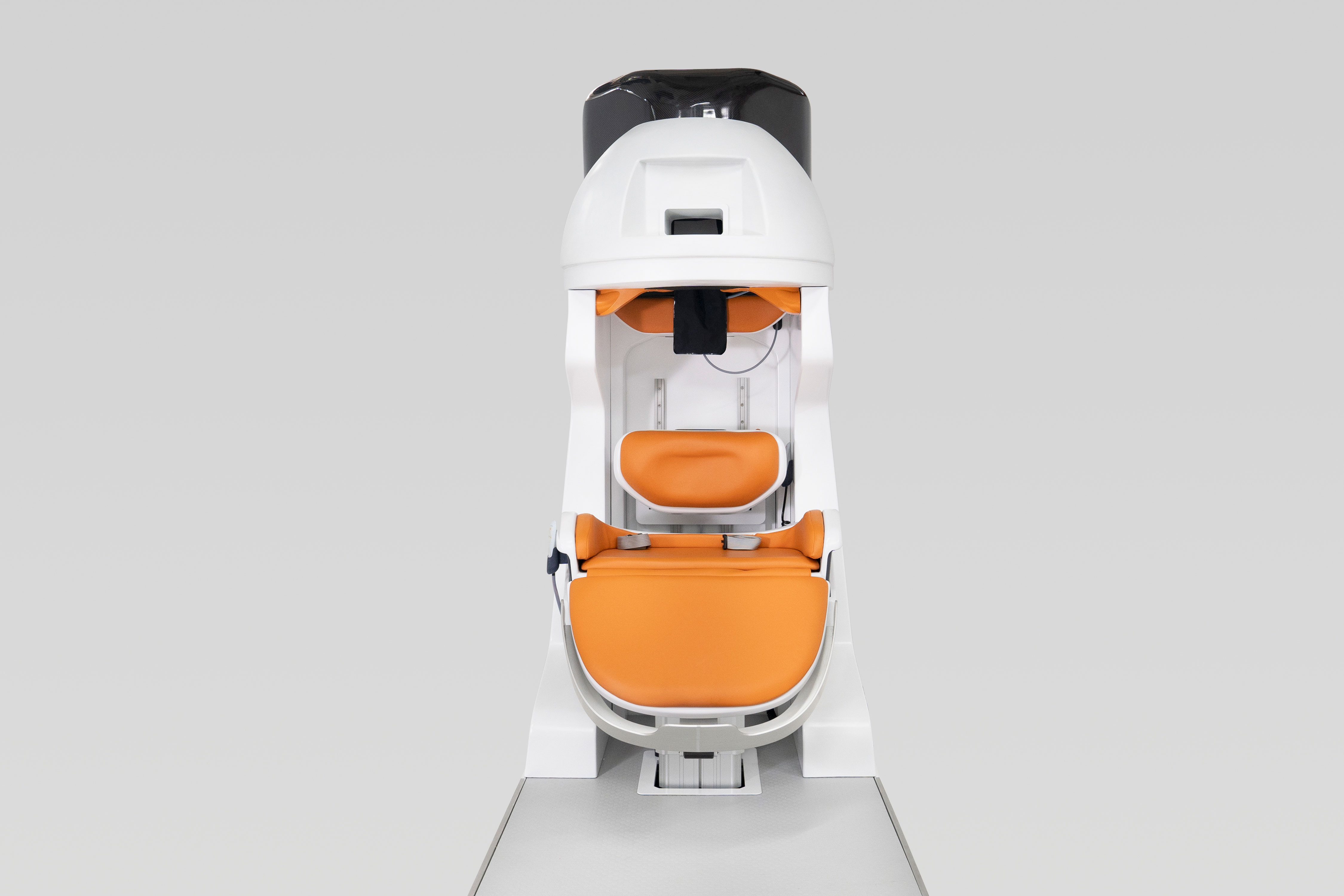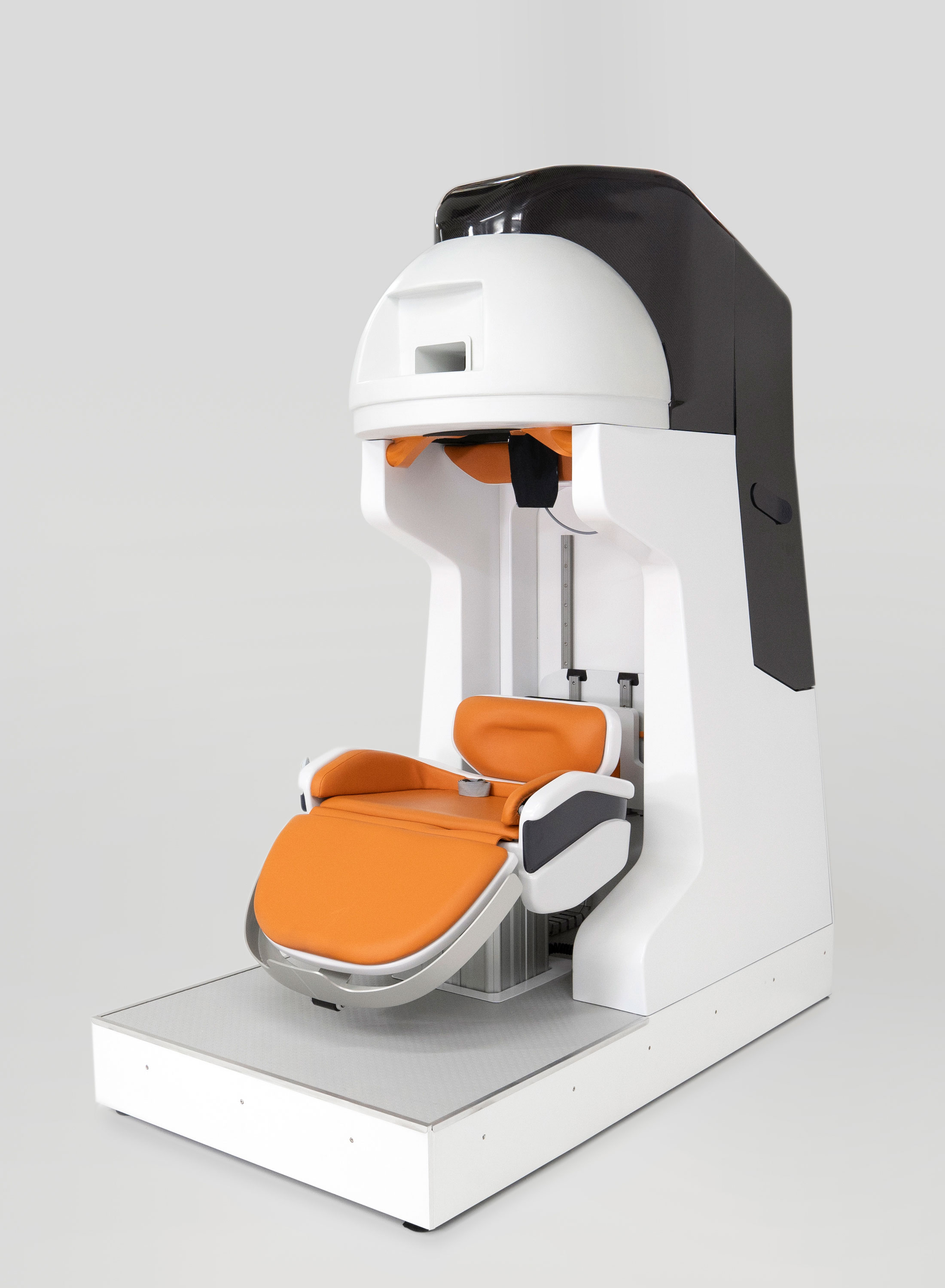Designing and building a magnetic resonance imaging (MRI) system is no easy undertaking, especially when you’re part of an international collaboration trying to make the system more accessible and comfortable.
But that is what Te Herenga Waka—Victoria University of Wellington researchers Ben Parkinson and Associate Professor Edgar Rodríguez are doing, with exciting results.
“To create an MRI system, you need to bring together many custom-designed hardware pieces,” says Ben, who is based in the University’s Robinson Research Institute. “These pieces need to work together beautifully to get good images and they also need to work for the patient and the medical provider using the system.
“You can imagine there’s a lot of tuning to get everything working to a clinical standard. We needed to be part of an international team to bring together the expertise to pull this off.”











